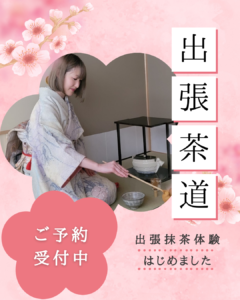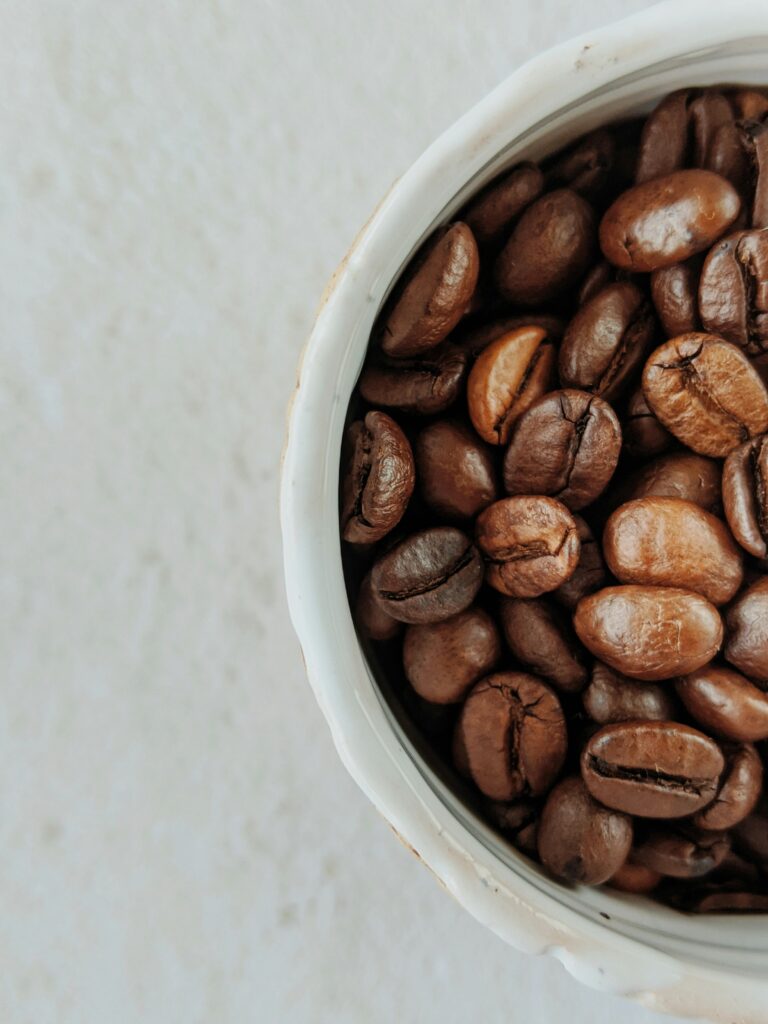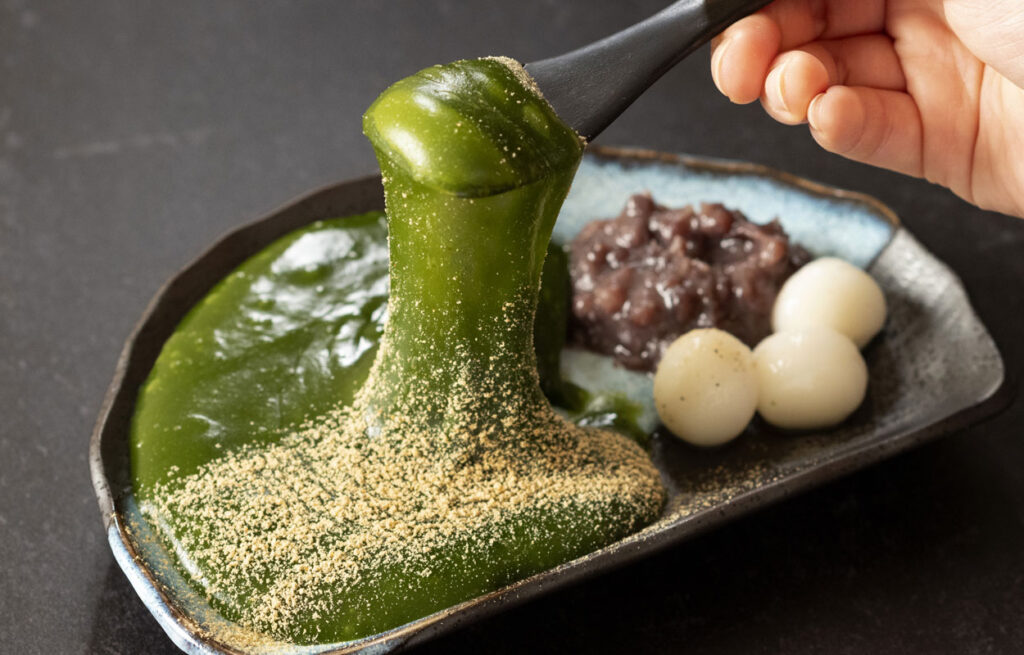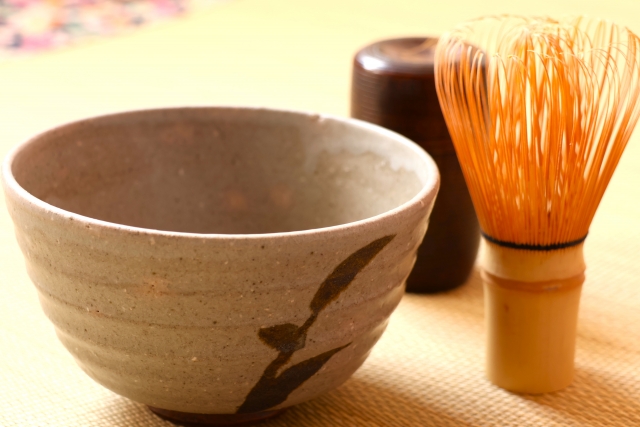Tea Master Talks about the Difference between Matcha and Green Tea
~A Tale of Two Teas that Walk Alongside the Heart of Japan
Introduction
How are you all doing in these breezy days? My name is shii, and I am a tea ceremony instructor. One of the questions I hear most often in my practice is about the difference between matcha and green tea. Today, I would like to talk in detail about these two teas, which seem similar at first glance but are actually very different.
A Story that Begins at the Tea Plantation
The difference between matcha and green tea actually begins at the tea plantation. The tea leaves for matcha are wrapped in a cover over the entire field about three weeks before the sprouts emerge. By gently restricting sunlight, as if raising a precious child, the tea leaves grow into luxurious tea leaves rich in theanine, a flavor component.
On the other hand, tea leaves for green tea grow in full sunlight. They grow to be tea leaves with a deep flavor and fresh aroma, receiving the power of nature as it is.
Production Process with the Skill of a Master Craftsman
Making matcha is truly a feat of craftsmanship. After the tea leaves are plucked and steamed, the stems and veins are carefully removed. The tea leaves are then ground into powder using a stone mill, the most important step in the process. The millstone turns slowly and can grind only about 40 grams of tea per hour. The fineness of the particles is about one-fifth the thickness of a human hair. It is truly a job that can only be accomplished with deep love and patience for the tea leaves.
Green tea leaves are carefully rubbed after steaming. This process shapes the tea leaves and gives birth to the green tea we are all familiar with. The last step is to heat the tea leaves to perfect the aroma, and a delicious green tea is ready to be served.
The difference in healthful blessings
Because matcha is made from whole tea leaves, its nutritional value is astonishingly rich. Of particular note are the antioxidants that keep you young. It contains about twice as much as green tea. Theanine, which improves concentration, is also about three times as high. It is easy to see why Zen monks in the past loved to drink green tea when they were sitting in meditation.
Along with its refreshing taste, green tea has gentle benefits that accompany it in daily life, such as relaxing and preventing bad breath. With the advantage of being able to brew many times, you can spend all day long with tea.
Differences in Taste
Matcha is characterized by its mild sweetness and deep flavor. The creamy mouthfeel created by whisking is a unique attraction that cannot be experienced with other teas. On the other hand, green tea has a refreshing aroma and moderate astringency. Its refreshing aftertaste may be one of the reasons why it has remained close to the hearts of the Japanese people.
Invitation to the World of Tea
Matcha and green tea have different charms. Matcha, in particular, invites us into a deeper world of Japanese culture, along with the beauty of the act of serving it.
Why don’t you experience the charm of matcha? We offer a tea ceremony experience that even beginners can participate in without anxiety. Please enjoy the authentic world of matcha tea with seasonal Japanese sweets.
For reservations and inquiries, please feel free to contact us at
- Phone: 03-5926-7864 (10:00-17:00)
- E-mail : info@greenteatokyo.com
- Website: https://greenteatokyo.com/
We look forward to welcoming you with the spirit of a once-in-a-lifetime encounter.




![Complete Comparison] Matcha Green Tea Sweets from Three Convenience Stores! Seven vs Famima vs Lawson](https://greenteatokyo.com/wp-content/uploads/2024/11/30092271_s-e1730705738313.jpg)


